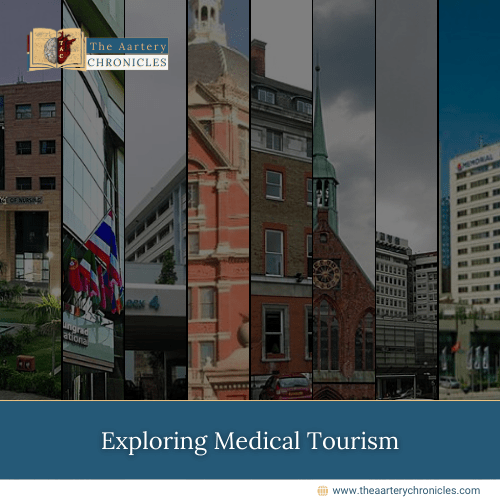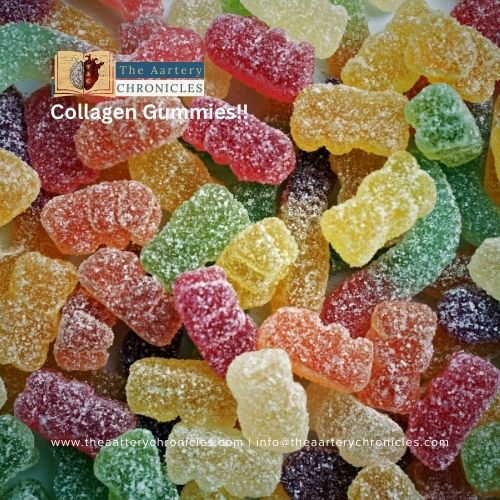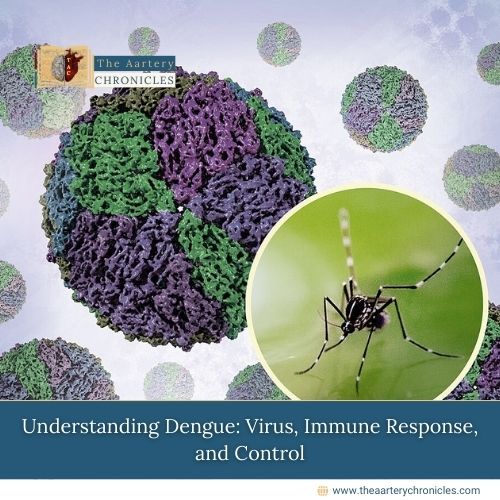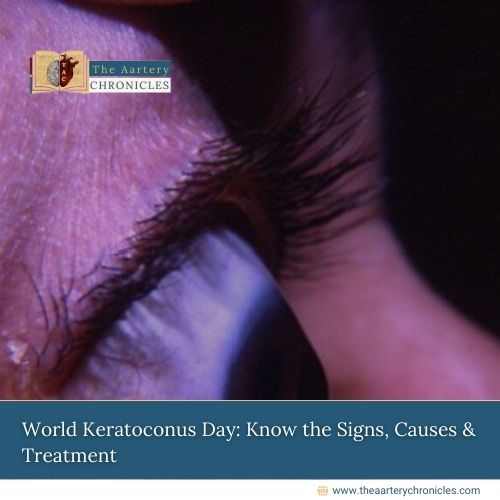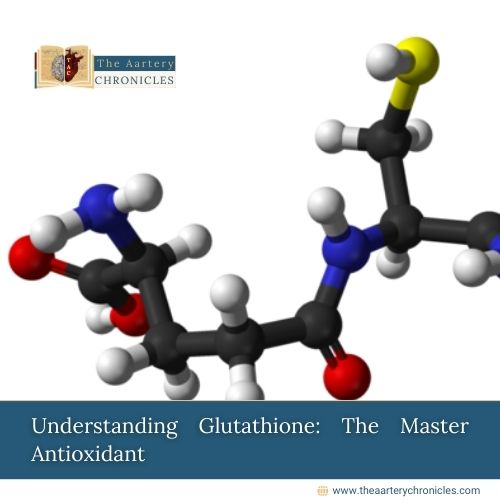
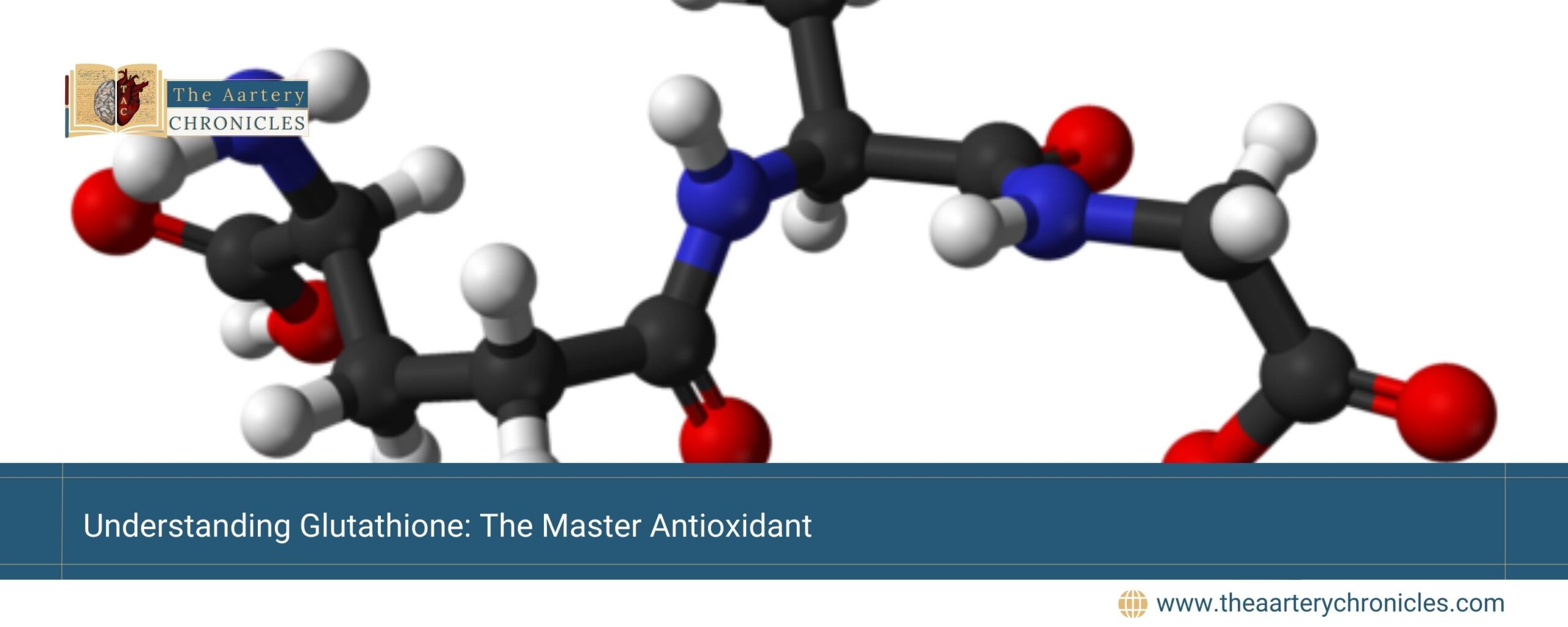
Understanding Glutathione: The Master Antioxidant
What is Glutathione?
It is an antioxidant a tripeptide compound that comprises glutamic acid, cysteine, and glycine. It exists in cells in two states:
- Oxidized (GSSG)
- Reduced (GSH)
It is an important antioxidant abundantly found in the body – a concentration of 5 millimolars in most cells. [1] [2]
- Glutathione is often quoted as the ‘mother of antioxidants.’
- It is a significant antioxidant in animals, plants, fungi, and bacteria. [2]
Where is Glutathione produced?
Glutathione is mainly produced in the liver but is also synthesized throughout mammalian tissues. Along with the liver, Glutathione is present in considerable levels in mitochondria, cytosol, and the nucleus demonstrating its critical role in cellular defense and reducing oxidative stress.
Functions of Glutathione
Glutathione is important for several reasons:
- Detoxification from toxic substances such as heavy metals, carcinogens, toxins, etc by making them water soluble for easier excretion
- Glutathione neutralizes free radicals and protects the cells from oxidative stress
- It maintains the role of immune cells such as lymphocytes, improving the body’s defense mechanism against infection and diseases.
- Glutathione plays a crucial role in the growth and replication of cells. It also facilitates DNA repair and protein synthesis. [3]
Glutathione for skin
- Glutathione is an age-defying anti-oxidant that significantly promotes skin whitening and reduces wrinkles.
- Glutathione is widely available in markets in several forms including soaps, tablets, creams, and injectable forms.
- The most popular use of glutathione is skin lightening as it reduces melanin levels.
- It has anti-aging properties that improve skin elasticity which has a positive impact on age-related skin damage.
- Glutathione is also used to treat skin conditions such as melasma, hyperpigmentation, and other issues related to skin discoloration. [4]
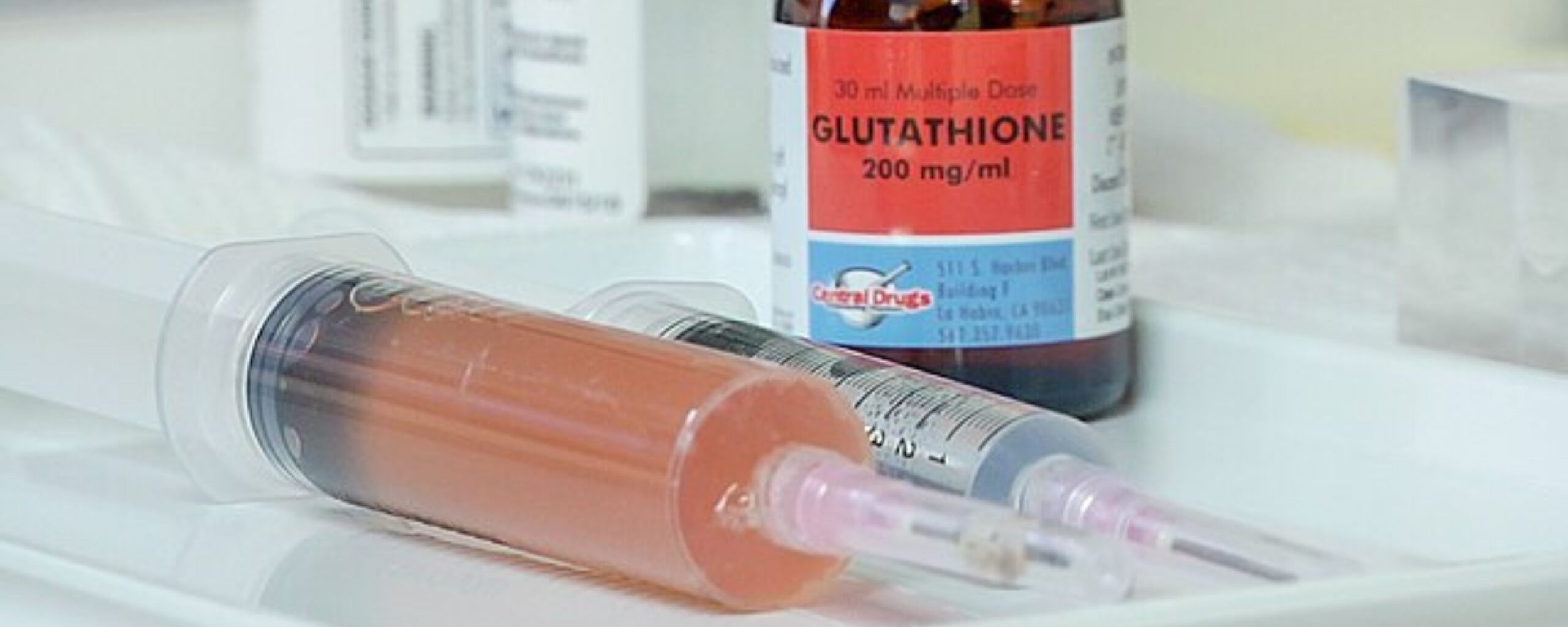
Glutathione levels in the body
The required amount of glutathione is usually produced in the body, however, sometimes the levels may run low due to several reasons including age, genetics, and other acquired issues. Many natural sources can help boost glutathione levels in the body
Some sources include:
- Food items rich in folate: asparagus, leafy greens, beans
- Whey protein as it contains cysteine which is a precursor to glutathione
- Foods containing curcumin: turmeric
- Sulphur-rich foods: fish, meat, eggs, and poultry
- Allium vegetable: Onions, garlic, etc.
- Green tea, berries, and food items containing catechins
- Selenium-rich foods: sunflower seeds, eggs, fish, nuts
- Cruciferous vegetables: Cauliflower, Brussels sprouts, kale, broccoli etc.
- Foods rich in vitamin C and vitamin E such as bell peppers, berries, oranges, almonds, avocados, and spinach [5]
Glutathione Supplements
Glutathione is known as the ‘systemic skin-lightening molecule’ in the cosmetic world. Several forms of glutathione such as capsules, tablets, parenteral preparations, and topical preparations are widely available in the market. Intravenous (IV) administration of Glutathione is a popular treatment for skin lightening; however, it is a controversial method with varied reviews and mixed opinions from the experts.
Several drug regulatory agencies including CDCSCO and the Philippines FDA have approved the intravenous administration of Glutathione for a variety of ailments such as liver fibrosis, and fatty liver disease, and manage the impact of cisplatin chemotherapy.
How does Glutathione work for skin lightening?
- Glutathione remarkably modifies the synthesis of pheomelanin and eumelanin which are responsible for producing dark brown colour and yellow-red colors respectively.
- Further, it acts as an inhibitor for an enzyme called tyrosinase which is responsible for melanin synthesis. Thus, leading to the lightening and whitening of the skin. [6]
Side Effects
Although intravenous administration of Glutathione for skin lightening has become popular, there have been reports about its adverse outcomes, which include:
- Skin reactions including hives, rashes, etc.
- Pain in the abdomen
- Issues related to kidney
- Thyroid disorders
Conclusion
The application of Glutathione for skin treatments has been surrounded by debates involving its efficacy and primarily safety concerns. Existing pieces of evidence and trials that verify the function of glutathione in skin whitening have significant limitations. Although topical alternatives are generally considered safe their efficacy remains uncertain. Moreover, it is imperative to consult a doctor before taking supplements or treatments. It all comes down to personal preferences and choices regarding one’s appearance. Deciding to get a skin-lightening treatment must be an individual choice that is not influenced by societal factors.
- Glutathione! | NCBI
- Glutathione | ScienceDirect
- Glutathione metabolism and its implications for health | PubMed
- Glutathione and its antiaging and anti-melanogenic effects | Dove Medical Press
- A Review of Dietary (Phyto)Nutrients for Glutathione Support | NCBI
- Glutathione for skin lightening for dermatologists and cosmetologists | International Journal of Research in Dermatology


